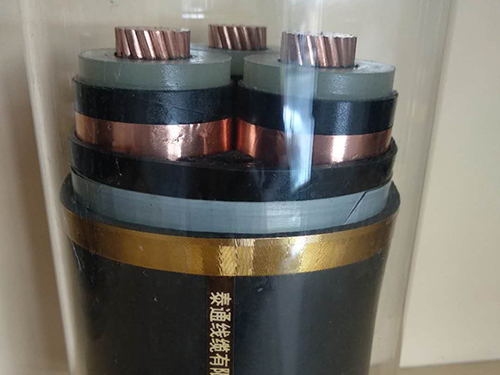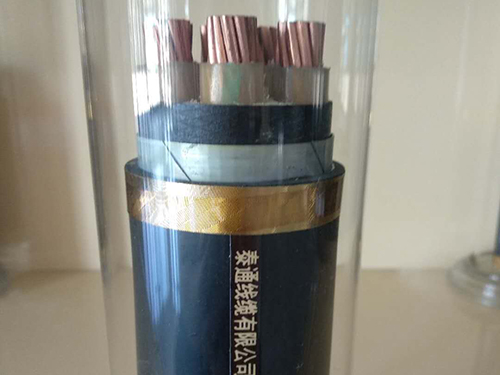

Power Cable


Power cables are cables used for transmitting and distributing electrical energy. Power cables are commonly used in urban underground power grids, power station outgoing lines, internal power supply of industrial and mining enterprises, and underwater transmission lines crossing rivers and seas.
.The proportion of cables in power lines is gradually increasing. Power cables are cable products used in the backbone lines of power systems to transmit and distribute high-power electrical energy, including various voltage levels of 1-500KV and above, and various insulated power cables.
Basic structure:
The basic structure of power cables consists of four parts: core (conductor), insulation layer, shielding layer, and protective layer.
Wire core
The core is the conductive part of a power cable used to transmit electrical energy and is the main component of a power cable.
Insulation layer
The insulation layer is a component of the power cable structure that electrically isolates the wire core from the ground and between wire cores of different phases, facilitating the transmission of electrical energy.
Shielding layer
Power cables of 15KV and above generally have conductor shielding layers and insulation shielding layers.
Protective Layer
The function of the protective layer is to protect the power cable from the invasion of external impurities and moisture, as well as to prevent direct damage to the power cable from external forces.
Common line faults
Short circuit fault: There are two-phase short circuits and three-phase short circuits, which are mostly caused by hidden dangers left during the manufacturing process.
Grounding fault: If one or several cores of the cable are broken to ground, and the insulation resistance is less than 10k Ω, it is called low resistance grounding; if it is higher than 10k Ω, it is called high resistance grounding. Mainly caused by cable corrosion, lead skin cracks, insulation drying, joint technology and materials, etc.
Linear fault: One or several cores of the cable are completely broken or disconnected. Cable breakage can occur due to mechanical damage, terrain changes, or short circuits.
Mixed fault: Two or more types of faults mentioned above.
